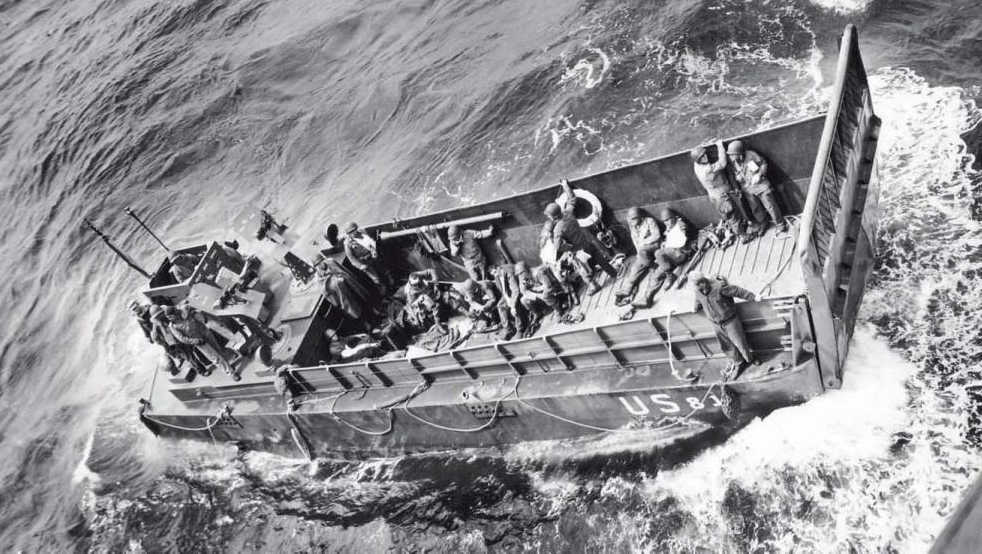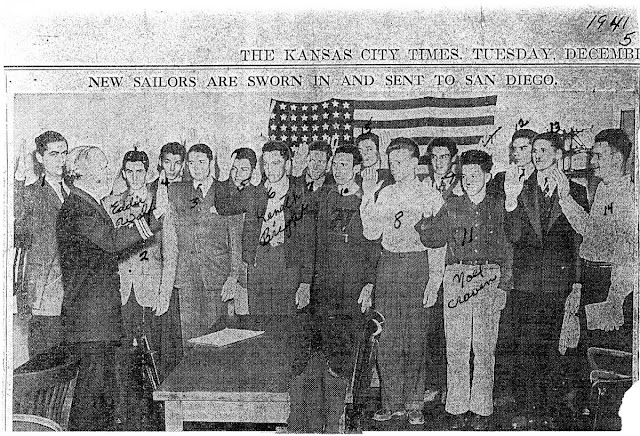

Seven more divisions were held in reserve. This invasion force consisted of five infantry divisions: two American (the First and Fourth Divisions), two British (the Third and Fiftieth Divisions), and one Canadian (the Third Division). In fact, during the first six months of 1944 the United States and Great Britain gathered an impressive land, naval, and air force in the south of England, the initial landing force concentrated between Falmouth and Newhaven. To further persuade the German generals that the landings would be made north of the Seine, the Allies created an entire phantom army, said to be based around Dover in southeast England opposite the Strait of Dover and commanded by George S. And third, the German army high command expected an invasion at the Strait of Dover, and therefore massed its most intact divisions, including all tank divisions, in that region. Second, the landing beaches were well in range of the Allied fighter airplanes. The site was chosen for three main reasons: First, the coastline was favorable to a seaborne operation, with beaches and few cliffs.

The plan for Operation Overlord, as the invasion was to be known, was for a landing in Normandy between Cherbourg and Le Havre. Montgomery was appointed invasion commander. Eisenhower became supreme Allied commander and Bernard L. The preparations for the cross-channel invasion finally began after the Quadrant Conference at Quebec in August 1943. In particular, D-Day refers to 6 June 1944, the day on which the Allied forces invaded France during World War II, and to the following victory over Germany in this connection D-Day stands for the greatest logistical achievement in military history as well. The term D-Day in general denotes the unnamed day on which a military offensive is to be launched.


 0 kommentar(er)
0 kommentar(er)
